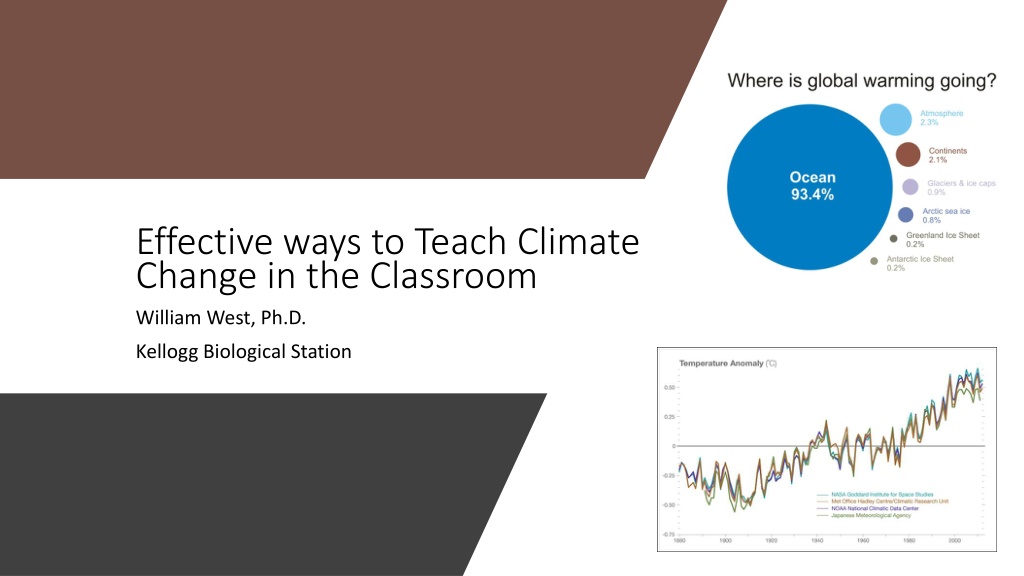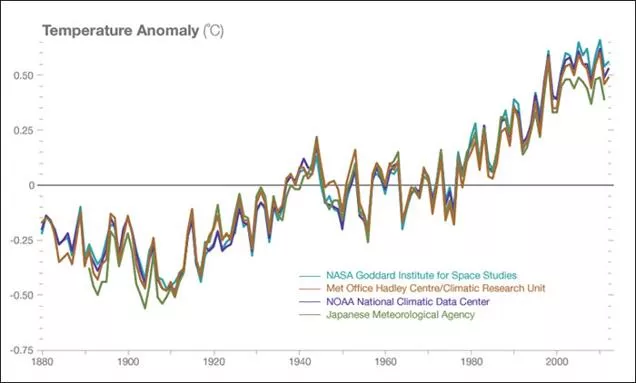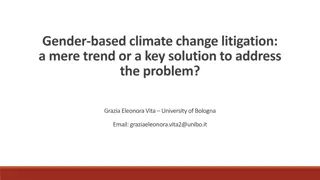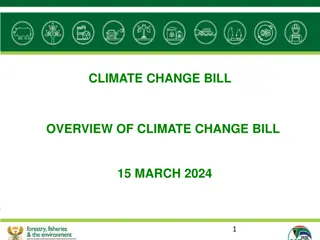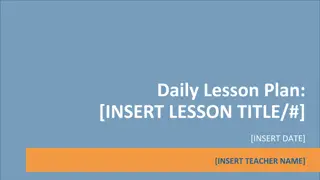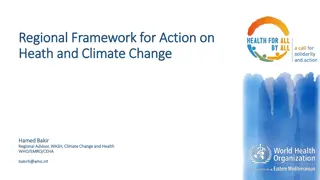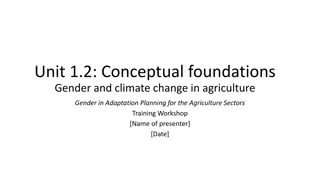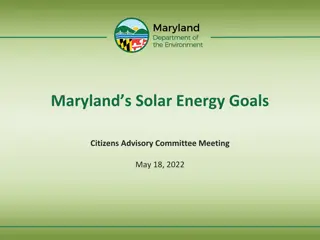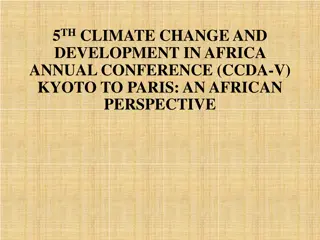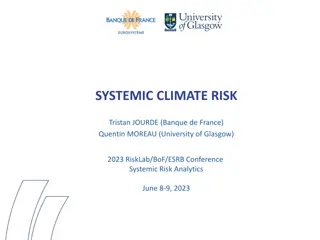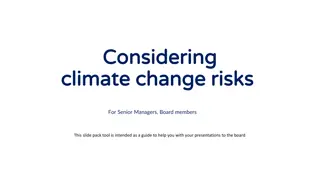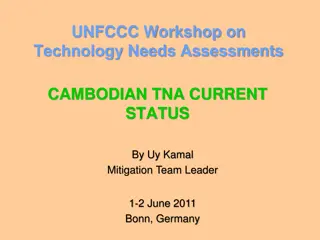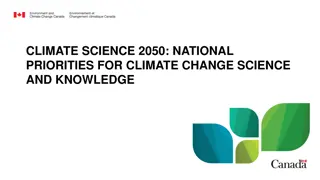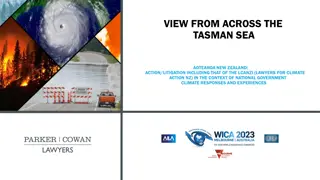Engaging Lesson Plan for Teaching Climate Change
Explore effective ways to teach climate change in the classroom using engaging activities like role-playing, discussions on greenhouse gases, carbon footprint awareness, and understanding the carbon cycle. By considering your audience and utilizing interactive demonstrations, students can grasp the human impact on climate and the importance of sustainable practices.
Download Presentation

Please find below an Image/Link to download the presentation.
The content on the website is provided AS IS for your information and personal use only. It may not be sold, licensed, or shared on other websites without obtaining consent from the author.If you encounter any issues during the download, it is possible that the publisher has removed the file from their server.
You are allowed to download the files provided on this website for personal or commercial use, subject to the condition that they are used lawfully. All files are the property of their respective owners.
The content on the website is provided AS IS for your information and personal use only. It may not be sold, licensed, or shared on other websites without obtaining consent from the author.
E N D
Presentation Transcript
Effective ways to Teach Climate Change in the Classroom William West, Ph.D. Kellogg Biological Station
The Lesson Plan will Include these Topics: Demonstration of greenhouse gas effects on temperature (Mythbusters) What is your carbon foot print? Carbon cycle Sources and sinks of greenhouse gases Discussion of Human Impact on Climate
Know Your Audience or Students What is Climate Change? Have issues arose about teaching Climate Change? How many people believe in Climate Change?
What is this Log Made of and How Was it Created? Photosynthesis the creation of carbon by the uptake of carbon dioxide (CO2) and release of oxygen in the air we breathe. Performed by plants, fungi, algae on land and in the water. Tree rings indicate the amount of carbon stored in trees during specific years. What happens when we burn logs?
What is carbon? Six most abundant element Forms at most four bonds Building block of organisms and some non-living matter Carbon dioxide greenhouse gas formed from burning of many materials
Consider Standards and the Audience you are teaching ..
Carbon Cycle What is the carbon cycle? Transfer of carbon amongst many environments (lithosphere, hydrosphere, etc.) Carbon can change form (CO2, CH4, CO-, organic forms) Carbon transfer is not at the same rate between all environments Plants absorb carbon dioxide - photosynthesis. Animals, plants, microbes respire carbon.
Activity 1: Card Role Activity 1: Card Role- -Play Equilibrium Environment Play I. Divide into 7 groups II. Divide marbles evenly amongst groups III. Transfer marbles between groups at the same rate A single marble = a single molecule of carbon
Activity 1: Card Role Activity 1: Card Role- -Play Non-EquilibriumEnvironment Play I. Divide into 7 groups II. Divide marbles evenly amongst groups III. Transfer marbles at random rates A single marble = a single molecule of carbon
Activity 1: Card Role Activity 1: Card Role- -Play Human Influenced Environment Play I. Divide into 7 groups II. Divide marbles evenly amongst groups III. Transfer marbles at different rates (assigned by teacher) A single marble = a single molecule of carbon
How do Greenhouse Gases Work?
